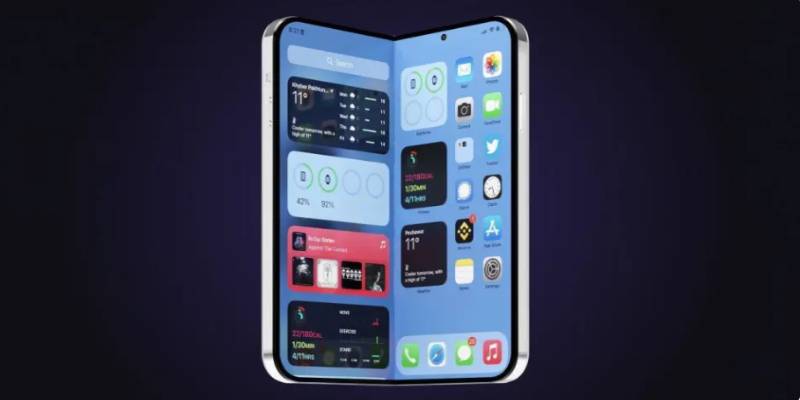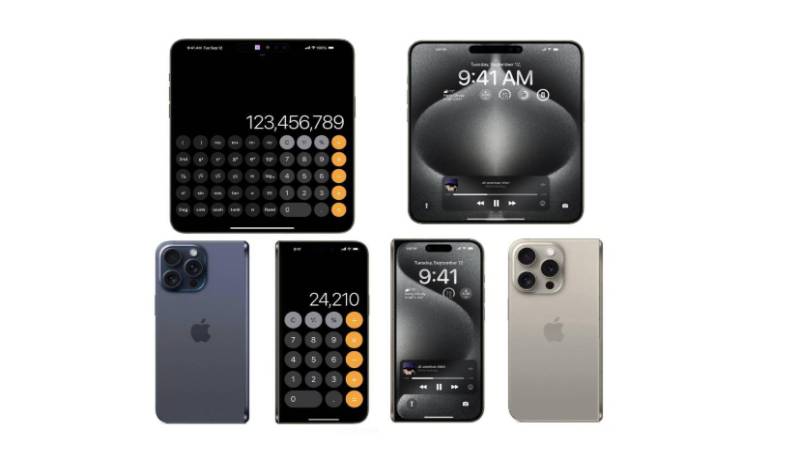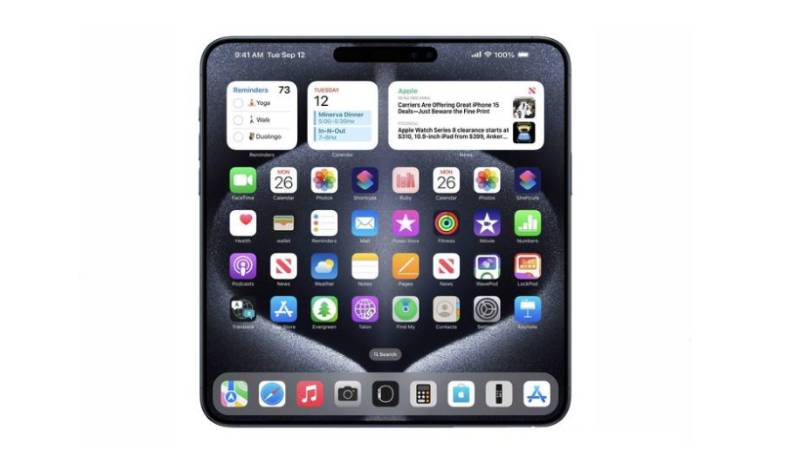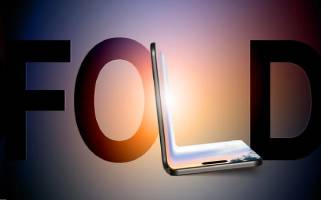As competition in the smartphone market intensifies, foldable screen technology has gradually become a focal point for major manufacturers. Apple, as a leader in the smartphone industry, is finally set to launch its first foldable iPhone. According to the latest news, this highly anticipated device is expected to debut at the end of 2026 or early 2027, with a price tag of over $2,000 (approximately RMB 15,000). This is not only Apple’s first foray into foldable screens but also potentially a new breakthrough in the high-end market.

*High-End Positioning: A Luxury Attempt in Foldable Screens
The first foldable iPhone is clearly positioned for the high-end market. With a price tag of over $2,000, it far exceeds the current iPhone product line. Apple does not seem to intend to push it into the mass market but is targeting high-end users and business professionals. Additionally, Apple has labeled this phone as a “true AI-driven device,” hoping to achieve differentiated competition through AI interaction experiences (such as multi-modal application scenarios and deep integration with map and chatbot functions).
Hardware and Design: Details and Technical Breakthroughs in Foldable Screens
The first foldable iPhone adopts a horizontal left-right folding design (Book Style), with a 7.8-inch crease-free flexible screen inside and a 5.5-inch outer screen. The screen is provided by Samsung Display, with UTG (ultra-thin glass) cover plates by Lens Technology, and Corning may supply the raw materials. Apple has achieved a “near-crease-free” effect by optimizing the screen crease issue, which is a significant technical breakthrough in foldable phones.

Hinge and Body: The “Lightweight” Revolution of Titanium Alloy
In foldable phones, hinge technology directly determines the durability and user experience of the product. Apple has chosen Longying Precision, a leader in metal injection molding (MIM), 3D printing, and CNC machining, as the hinge supplier. It may also collaborate with South Korean manufacturers (such as Dowoo Insys) to further optimize hinge performance. Apple has used a combination of stainless steel and titanium alloy to create the hinge and body, balancing lightweight and durability.
Biometric and Camera: Simple but Not Simplistic
Apple has replaced the classic Face ID with Touch ID integrated into the side power button. This design not only simplifies the structure of the foldable screen but also makes daily use more convenient for users. In terms of cameras, the front lens adopts Metalens technology (in line with the iPhone 17 Pro Max), while the rear dual lenses may continue to use the existing iPhone supplier system.
Battery: A 5000mAh Large Battery, No Worry for Endurance
Endurance has always been a weak point for foldable phones. Apple has equipped the foldable iPhone with a high-density battery of nearly 5000mAh. The suppliers may overlap with the existing iPhone battery supply chain (such as Contemporary Amperex Technology and Xin旺da, etc.). For a large-screen foldable phone, this is undoubtedly a plus.
Market Impact: How Big a Splash Can Apple Make?
The launch of Apple’s first foldable iPhone may have a profound impact on the market. Its high-end positioning and AI-driven differentiated functions may attract high-end users and business professionals. Although the initial market size is limited, Apple’s entry will undoubtedly enhance the overall grade of foldable phones. Moreover, Apple’s innovations in software adaptation and user experience may drive foldable phones from “novelty products” to “mainstream products.”

